COVID-19 is, first and foremost, a public health problem, with the economic aspect being a secondary but important factor. Consequently, the focus should be policies that will enhance public health even before implementing fiscal and monetary policy to inject the requisite liquidity and support into the markets.
The priority should first be to ensure that it is safe for people to go out to work and spend. However, in this note, we are focused on the economic aspect. So far, it has had a negative financial impact having looked at:
1. Economic Growth Impact: Kenya’s GDP growth for 2020 is expected to decline with the Central Bank of Kenya having already revised projections from an earlier estimate of 6.4% to 3.4%, factoring in the effects of the locust invasion, as well as the ongoing pandemic.
2. Currency Volatility: The Kenyan shilling has been depreciating due to the uncertainty created by Coronavirus with the (year to date) YTD depreciation against the US Dollar currently at 4.6% as at 9th April 2020, in comparison to the 0.5% appreciation in 2019;
3. Financial Markets: The local financial markets have also taken a hit from the uncertainty and industry disruptions with the Nairobi All Share Index declining by 20.7% during the first quarter of the year as investors exit the market.
The government has the largest role to play in helping navigate the economy through this pandemic and, in conjunction with the Central Bank, have respectively announced fiscal and monetary measures to support the citizens and the Kenyan economy at large.
We, however, believe that there is more to be done and as such, we have come up with the below recommendations, having looked at what other governments have done:
1. Initiating an Enhanced Economic Stimulus Package (ESP) amounting to Ksh100.6 billion, equivalent to 1.0% of GDP, to help spur the economy and hasten its recovery following the effects of the novel coronavirus. This will be directed to the affected sectors such as tourism and horticulture.
READ ALSO >> Tips on How to Run a Successful Chama in Kenya
2. Social transfers to vulnerable households, amounting to Ksh55.6 billion, equivalent to 0.6% of GDP. This can be done through a “Lifeline Fund” where payouts will cushion the burden on affected households, ultimately helping enforce the set curfews and movement restrictions to curb the spread of the virus.
3. Setting up a credit facility for businesses amounting to Ksh100.6 billion, equivalent to 1.0% of GDP, especially those that have kept their staff on payroll to help reduce job losses.
4. Reaching out to external partners (such as the IMF) to help mobilize response capacity putting into consideration the country’s current fiscal position.So far the country has received Ksh6.1 bn from the World Bank to be directed towards containing the spread and adverse effects of COVID-19; and
5. Initiate conversations with foreign debtors regarding the existing repayment arrangements of the country’s debt and propose a debt relief, where the budgeted amount for FY2020/21 stands at Ksh630.1 bn. Restructuring the existing bilateral, multilateral and foreign commercial debt will help ensure the livelihoods of the citizens is not compromised.
In line with some recommendations from the Parliamentary Budget Office released last week, in their Special Bulletin on COVID-19, the government can balance taxation measures with expenditure reduction to reduce pressure on our already constrained budget.
The country should try balance between providing the most required relief to businesses and individuals, ensuring that they do not impact tax collections which may lead to a huge fiscal deficit for the country.

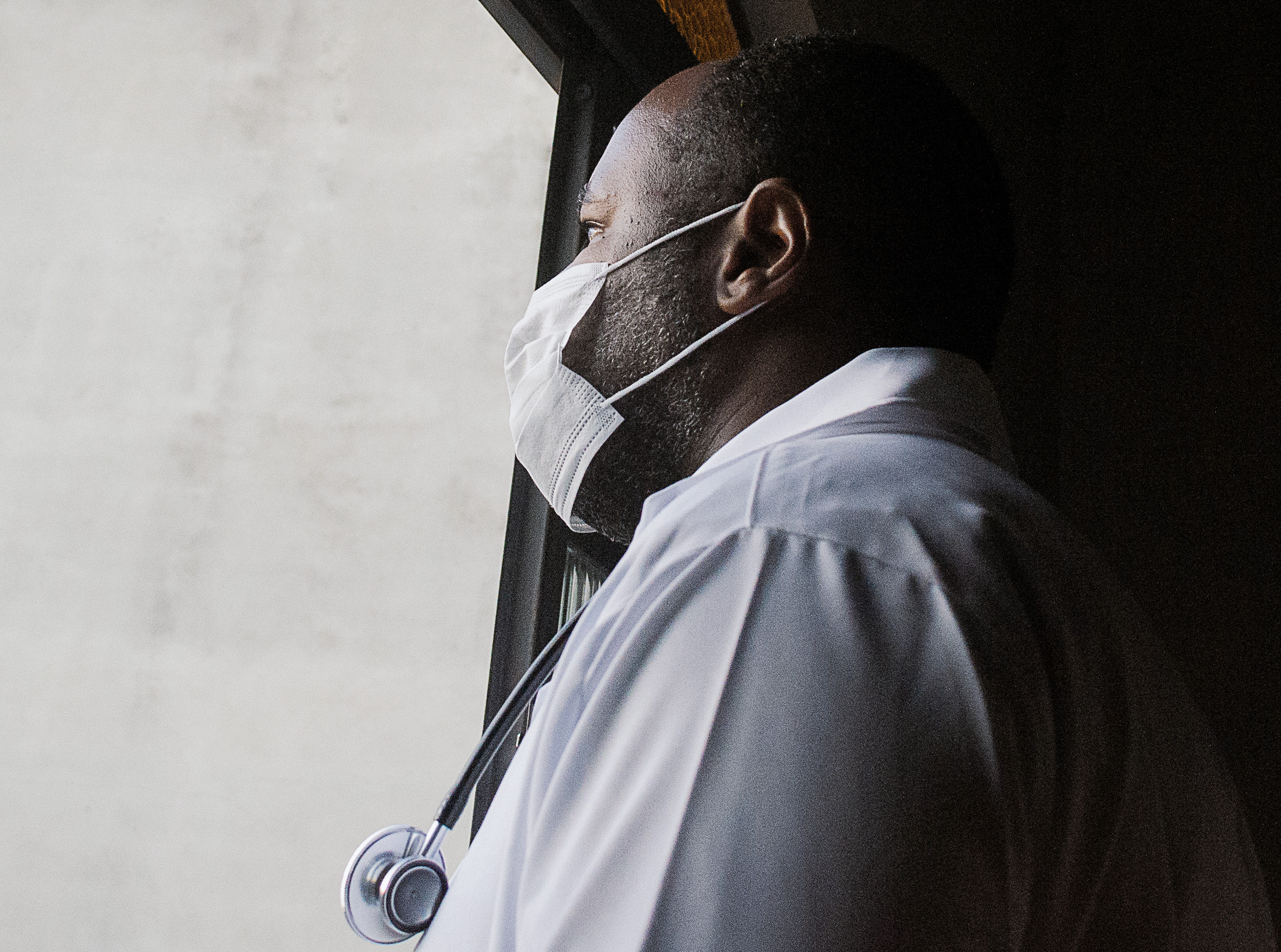

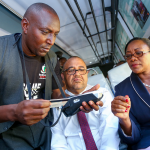
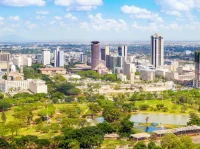




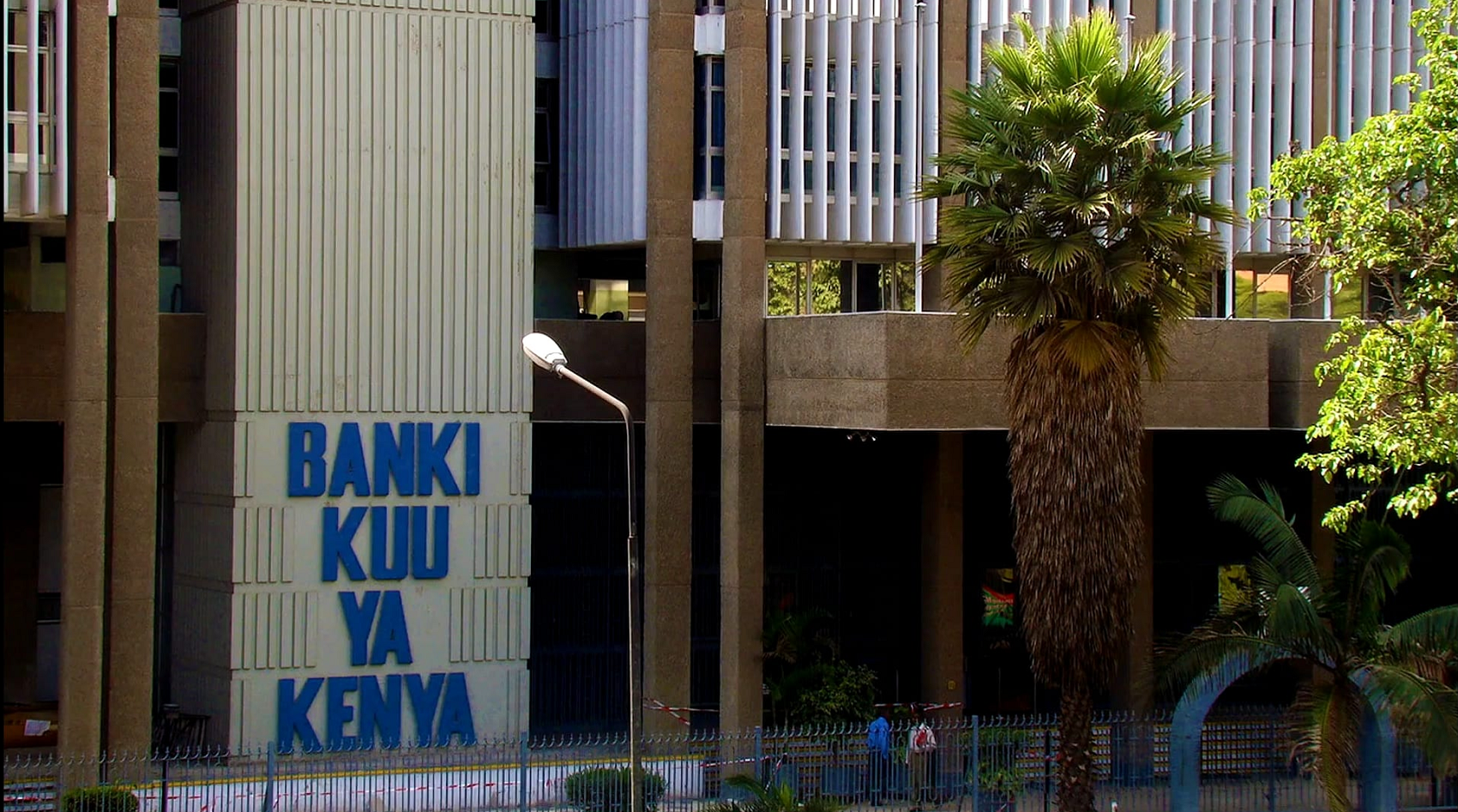

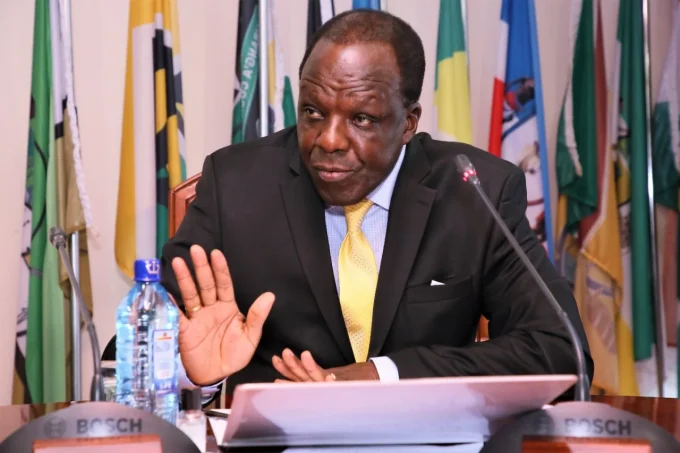
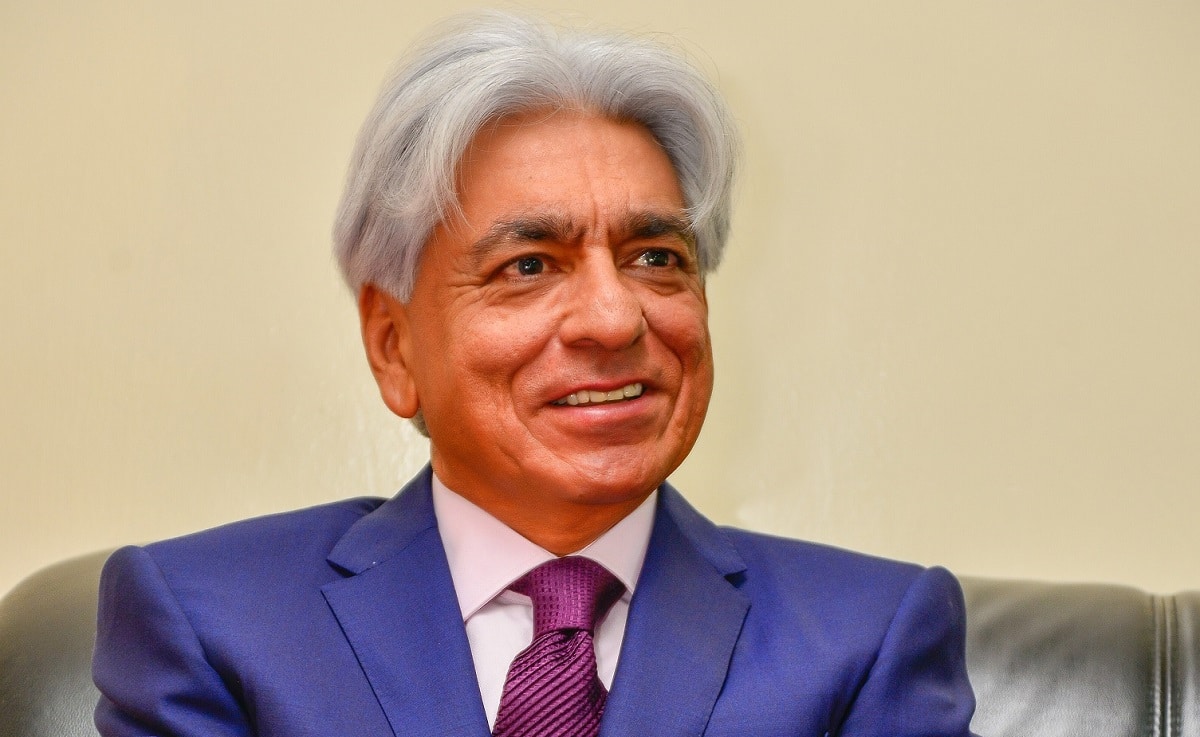
Leave a comment